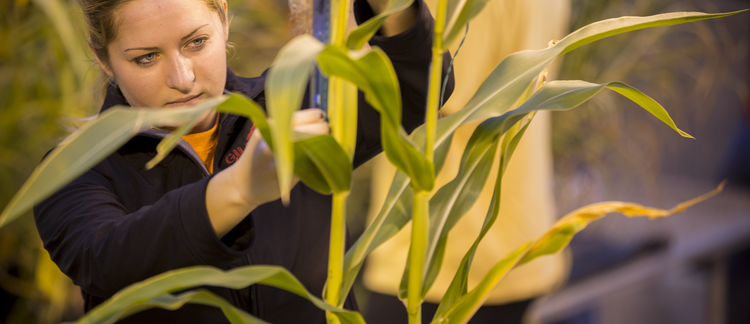Abstract
Smooth crabgrass (Digitaria ischaemum) and white clover (Trifolium repens) both are undesirable plant species that consistently infest cool-season athletic fields. Both species are considered weeds and have been shown to reduce the quality of turfgrass within athletic fields, which in turn increases the risk for athlete injury. The most common control method for smooth crabgrass and white clover involves separate applications of pre- and post-emergent herbicides, respectively. The use of herbicides within an athletic turf environment is an effective method for weed control, however, this requires increased input costs, a reentry time in many cases, and increases the risk of damaging the turfgrass in some weather conditions. The objective of this experiment is to understand the effects of varying populations of both smooth crabgrass and white clover to provide athletic turfgrass managers a better understanding of when to apply a control measure to ensure turfgrass quality and athlete playability.
How to Cite:
Donelan, T., Thoms, A., Gould, T. & Lindsey, A., (2022) “Effects of Smooth Crabgrass and White Clover Populations in Athletic Turfgrass Under Simulated Traffic”, Iowa State University Research and Demonstration Farms Progress Reports 2021(1), 59–60.
Downloads:
Download PDF
View PDF
217 Views
76 Downloads

